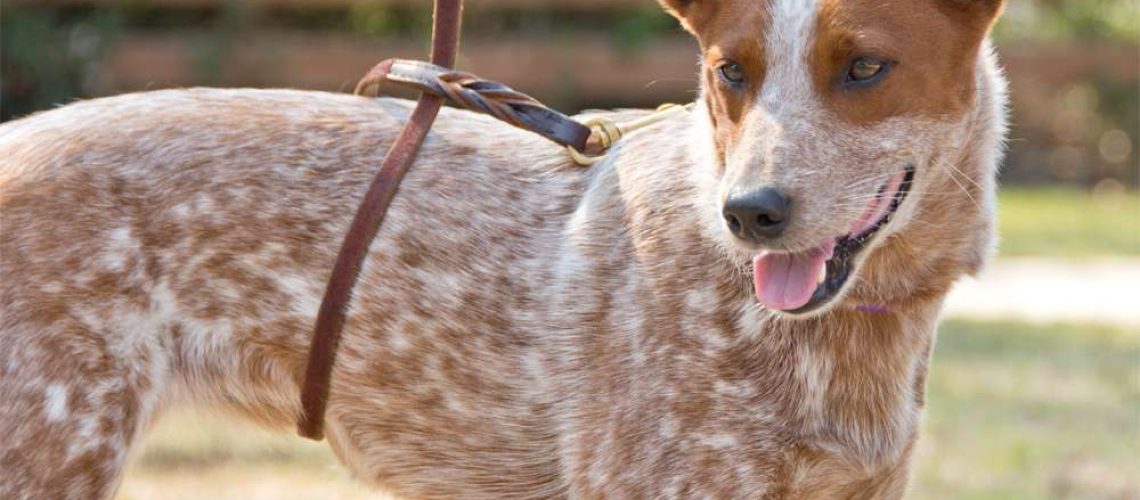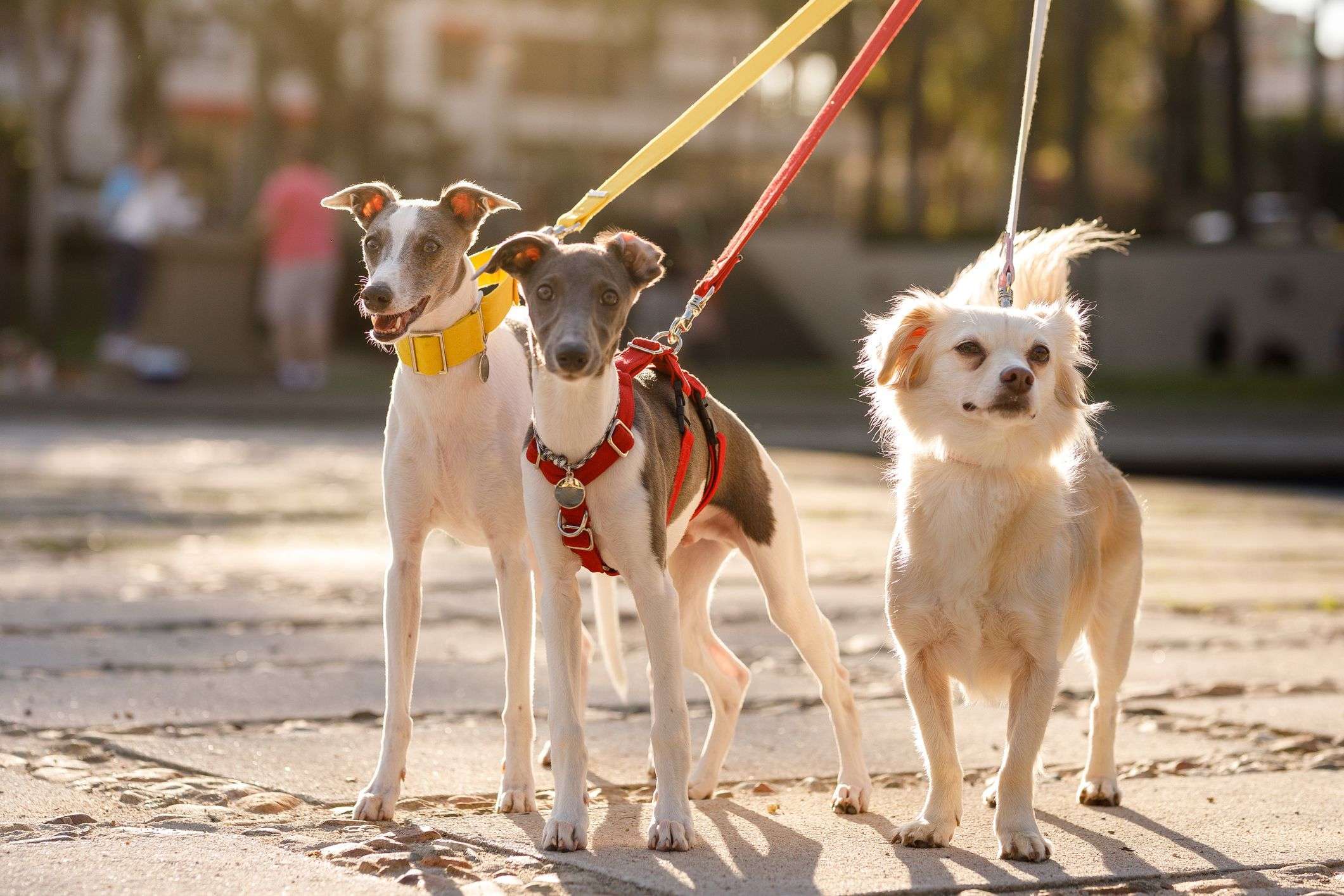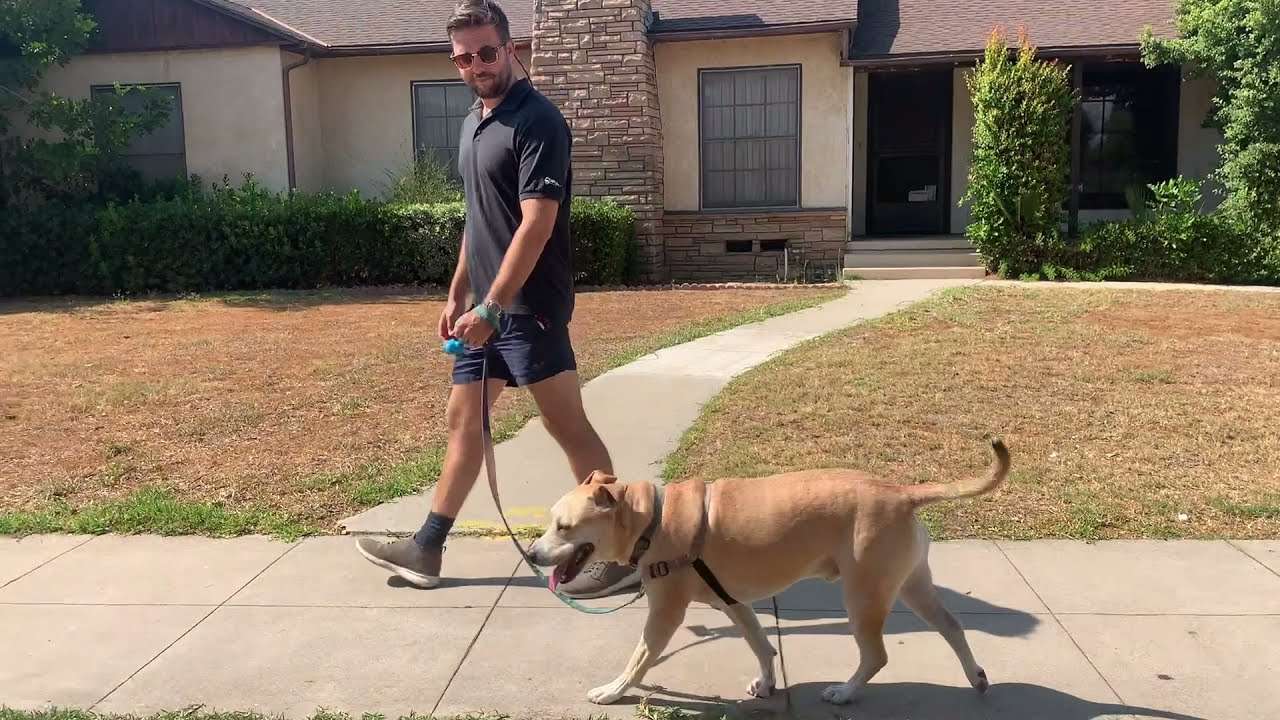Key Takeaways:
- Consistency is key: When leash training a dog that pulls, it's important to be consistent with your commands and expectations. This helps your dog understand what is expected of them.
- Use positive reinforcement: Rewarding your dog with treats or praise when they walk calmly on the leash can encourage them to continue exhibiting good behavior.
- Start slow: Begin by introducing the leash in a controlled environment, gradually increasing distractions as your dog becomes more comfortable. This helps prevent overwhelming them and allows for gradual progress.
- Use proper equipment: Using a well-fitted harness or head collar can provide better control and reduce pulling. Avoid using choke chains or retractable leashes, as they can cause discomfort and encourage pulling.
- Seek professional help if needed: If you're struggling with leash training or your dog's pulling persists, consider consulting a professional dog trainer who can provide guidance tailored to your specific situation.
Are you tired of being dragged around by your furry friend every time you go for a walk? Do you dream of strolling peacefully down the street with your dog calmly walking beside you, leash loose and tails wagging? Well, my friend, you're in luck! In this article, we will uncover the secrets to leash training a dog that pulls. Not only will this skill make your walks more enjoyable, but it will also strengthen the bond between you and your four-legged companion. So grab a treat and get ready to unleash the potential within your pup!
What is leash training and why is it important for dogs that pull?
Leash training is the process of teaching a dog to walk calmly on a leash without pulling. It involves teaching the dog to understand that they need to stay close to their owner and follow their lead while on a walk. This training is essential for dogs that pull because it helps ensure their safety and the safety of those around them.
When a dog pulls on the leash, it can be challenging for the owner to maintain control, leading to potential accidents or injuries. Leash training teaches dogs to walk politely without dragging their owners along, reducing the risk of accidents. It also allows for more enjoyable walks, as both the dog and owner can focus on exploring and bonding rather than struggling with pulling.
Choosing the right leash for training a dog that pulls
When selecting a leash for training a dog that pulls, it's crucial to choose one that provides control and comfort. A sturdy leash made from durable materials such as nylon or leather is recommended. Look for a leash with a comfortable handle that allows for a secure grip.
A shorter leash can provide better control over your dog's movements, making it easier to redirect them if they start pulling. Retractable leashes are not suitable for leash training as they give dogs too much freedom and can reinforce pulling behavior. Instead, opt for a fixed-length leash between four and six feet long.
Effective techniques to teach a dog not to pull on the leash
1. Stop-and-Go Method:
This technique involves stopping whenever your dog starts pulling on the leash. Stand still and wait until your dog stops pulling or turns back towards you. Once they do so, reward them with praise or treats and continue walking. Repeat this process consistently to teach your dog that pulling leads to no progress.
2. Change Direction:
Another effective technique is to change direction whenever your dog starts pulling. When they pull, quickly turn around and walk in the opposite direction. This will catch their attention and encourage them to pay more attention to your movements. Reward them when they walk calmly by your side.
Using positive reinforcement for good leash behavior in dogs
Positive reinforcement is a powerful tool for teaching dogs good leash behavior. By rewarding desired behaviors with treats, praise, or playtime, you can motivate your dog to continue behaving well on the leash.
When your dog walks calmly by your side without pulling, offer verbal praise and give them a treat as a reward. Consistency is key – reinforce good behavior every time it occurs. Over time, your dog will associate walking politely on the leash with positive experiences and be more likely to repeat the behavior.
Commands and cues that can help with leash training a pulling dog
Teaching specific commands and cues can aid in leash training a pulling dog:
"Heel":
The "heel" command teaches the dog to walk closely by their owner's side without pulling ahead or lagging behind. Start by holding a treat at your side and say "heel" while walking forward. Reward your dog when they stay close to you by giving them the treat. Gradually increase the distance before giving the reward.
"Leave It":
The "leave it" command helps redirect a pulling dog's attention from distractions that may cause them to pull. Hold a treat in one hand and say "leave it." As soon as they stop pulling towards the distraction and focus on you, reward them with the treat and praise.
Dealing with a dog that continues to pull despite training efforts
If your dog continues to pull on the leash despite training efforts, it may be helpful to reassess your training techniques and seek professional help. A professional dog trainer or behaviorist can provide guidance tailored to your specific situation and help address any underlying issues contributing to the pulling behavior.
It's essential not to become frustrated or give up on training. Consistency, patience, and positive reinforcement are key when working with a dog that persists in pulling. With the right guidance and perseverance, most dogs can learn proper leash manners.
The benefits of professional help in leash training a pulling dog
Seeking professional help for leash training a pulling dog can offer numerous benefits. A trained professional has experience working with different breeds and behaviors, allowing them to tailor their approach to your specific dog's needs.
A professional can assess any underlying issues contributing to the pulling behavior, such as fear or anxiety, and develop a customized training plan accordingly. They can also guide you in using effective techniques and provide ongoing support throughout the training process.
Investing in professional help ensures that you receive expert advice and increases the likelihood of successfully resolving your dog's pulling behavior. It also provides peace of mind knowing that you are taking the necessary steps to ensure both your dog's safety and enjoyment during walks.
In conclusion, leash training a dog that pulls can be achieved by using positive reinforcement, patience, and consistency. By gradually teaching the dog to walk calmly on a leash and rewarding good behavior, you can enjoy peaceful walks with your furry friend.
How long does it take to train a dog to stop pulling on leash?
There are various factors that influence the amount of time required to train a dog to walk properly on a loose leash. However, typically it takes around three to four weeks of training to see results. It may be more challenging to train older dogs to walk on a loose leash compared to younger ones.
Why does my dog pull on the leash so bad?
Dogs often pull on the leash because they are more interested in the stimuli around them than the person holding the leash. To address this, it is advised to put away your phone, focus on your dog, and teach them the desired behavior.
Do dogs grow out of leash pulling?
No, but it is instinctual for them. Pulling on the leash allows them to move in the direction they want and at their own speed. Your dog doesn't pull on the leash to assert dominance, they do it because they have learned that it is an effective way to achieve their desired outcome.
What side should a dog heel on?
In obedience and rally competitions, the traditional position for the command "heel" is on your left side. Keep your hand with the treat close to your chest to avoid the dog simply following the food and jumping while walking if the treat is held out of reach.
Should I let my dog sniff on walks?
When planning a walk with your dog, it is important to be patient and allow them to sniff at their own pace. Instead of rushing them, let them take their time and explore. If they want to stop and sniff something, let them do so.
Why does my dog grab the leash and pull?
Biting and pulling on the leash is a behavior that is commonly seen in puppies and can be outgrown over time. However, it can also occur at any stage in a dog's life. Although it may appear to be a simple misbehavior, leash biting often indicates that the dog is feeling frustrated or has not completely grasped the concept of walking on a leash.

















